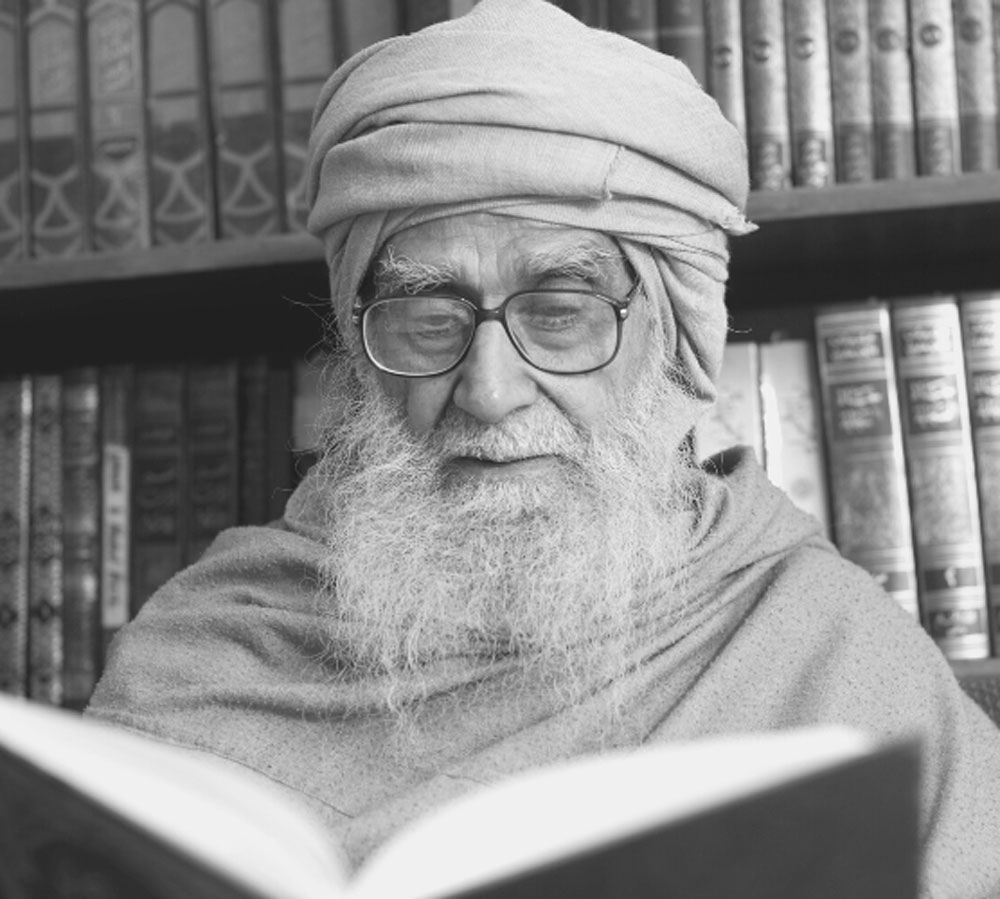Dr. Michael Hart’s well-known book, The 100, was perhaps first introduced to the Muslim world through our Urdu monthly Al-Risala in October 1978. In it, the author selected one hundred of the most distinguished people in history and added accompanying articles about their lives and achievements. He placed the Prophet Muhammad at the top of his list. He wrote that Muhammad was the most supremely successful man in history.
After the publication of this article in Al-Risala, we received many letters from Muslims enquiring about a source from where they could order this book. A number of them even inquired whether an Urdu translation was available. On reading their letters, it was obvious that they were interested only in the supremely successful man, rather than in the secret of his supreme success as well.
What Dr. Hart called a supreme success, the Quran calls a clear victory (48:1). How did the Prophet of Islam achieve this supreme success or clear victory? This verse of the Quran tells us that this extraordinary success was achieved through the Hudaybiyya Peace Treaty. The Quran tells us that the secret of this success lay in the particular method that was employed: the ‘Hudaybiyya Method’.
Let us now consider what the Hudaybiyya Method is. This method entailed the greatest of all sacrifices. The Prophet of Islam, along with his Companions, decided to make a pilgrimage to Makkah. The Quraysh prevented the Muslims from entering the city, even though they wore the garb of pilgrims and bore no arms. To resolve the tension, the Prophet of Islam agreed to a treaty between the Quraysh and the Muslims that was heavily in favour of the Quraysh. He also agreed to return to Medina without completing the pilgrimage and to make the pilgrimage the next year.
Accepting a clearly unfair treaty was a difficult sacrifice to make, but most of the Prophet’s companions returned with him to Medina, on his express insistence.
The Prophet of Islam actually returned from Hudaybiyya without achieving his objective. So when the chapter ‘Victory’ was revealed on his way from Hudaybiyya to Medina, one of the companions remarked, “This is no victory. We were even stopped from entering the House of God.” The Prophet replied, “It is indeed the greatest victory.”
What was the special power of the Hudaybiya Method that unlocked the doors to a clear victory? The Prophet’s march to Makkah eight years after he moved to Medina gives us a clue. When the Prophet had undertaken the journey to Makkah two years earlier, he was accompanied by 1,400 companions. This time, however, he was accompanied by 10,000 companions. On the occasion of his first journey, the Makkans had forced him to return to Medina; they did not allow him to pass beyond Hudaybiya. On the occasion of this second journey, the Makkans were so awestruck upon seeing the huge number of the Prophet’s people that they accepted defeat and put up no resistance.
From this incident we learn that the Hudaybiya Method is the pacifist method of conquering people. The military option or the violent method causes death and destruction, while the Hudaybiya Method conquers the hearts of people. What characterizes the method of war is hatred, while what characterizes the Hudaybiya Method is love.
Source: Spirit of Islam August 2013






